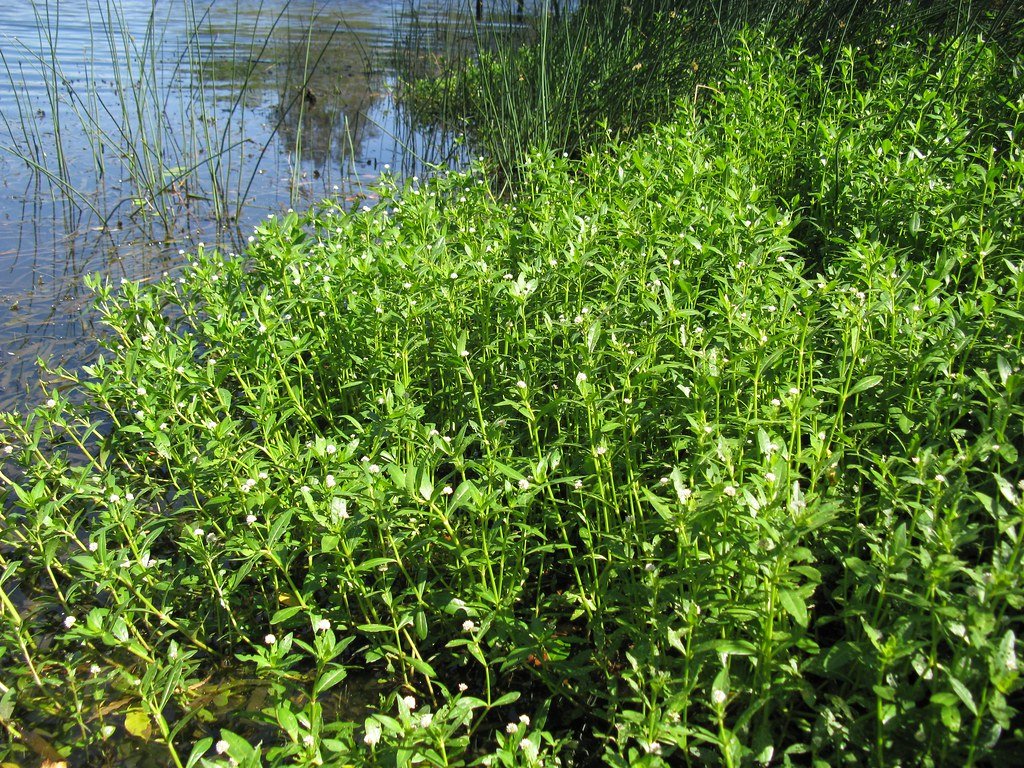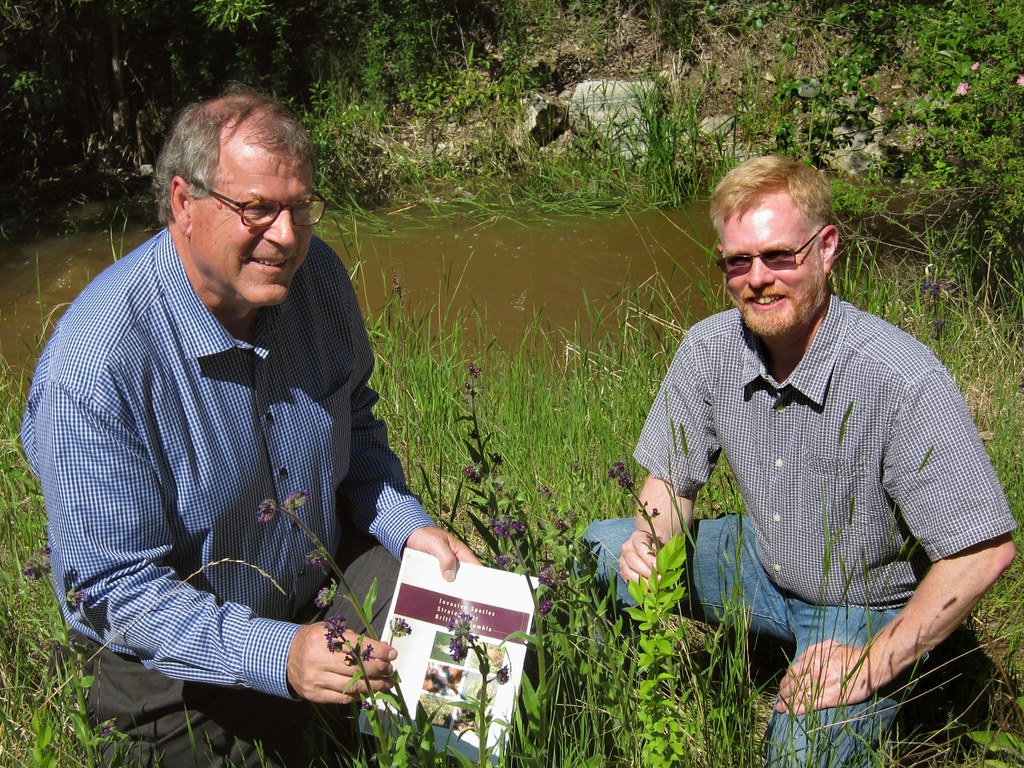Imagine the comforting crunch of grass beneath your feet, the gentle sway of trees, and the cheerful chorus of birds in your backyard. It’s easy to believe this small patch of green is safe and familiar. But what if I told you that nestled in those shrubs, crawling beneath the soil, or fluttering among the flowers could be a silent invader? An enemy you never invited, but one that’s quietly reshaping the land you love? The truth is, even the most ordinary backyard can harbor an invasive species threat—and the consequences reach far beyond your garden fence.
Understanding the Invasive Species Menace

Invasive species are organisms that are not native to a specific location and have a tendency to spread, often causing harm to the environment, economy, or human health. Unlike local plants and animals, these invaders lack natural predators in their new home, which allows them to thrive unchecked. Think of them as uninvited guests who eat all your food and refuse to leave—except their “feast” can mean the destruction of entire ecosystems. This threat is not just limited to far-flung forests or remote islands. It’s happening right in backyards, parks, and city greenspaces around the world.
How Invasive Species Sneak Into Backyards
You don’t need to travel far or import exotic plants to bring home an invader. Sometimes, all it takes is a single contaminated potted plant from the local nursery. Invasive insects can hitch a ride on firewood, while seeds may cling to your shoes or your pet’s fur. Even ornamental garden plants, admired for their beauty, can escape cultivation and transform into local nuisances. The pathways are as varied as the species themselves and often go unnoticed until it’s too late.
Plants That Seem Harmless But Aren’t

Many invasive plants are masters of disguise. English ivy, for example, is cherished for its classic, lush appearance. Yet, once established, it can smother trees and choke out native wildflowers. Japanese knotweed looks innocent at first glance, but its roots can crack foundations and outcompete everything in sight. These plants often spread faster than we imagine, and their resilience makes them difficult to remove once they take hold.
The Animal Invaders You Might Overlook
While we often imagine invasive species as towering plants or aggressive vines, some of the most damaging invaders are surprisingly small. The emerald ash borer, a glittering green beetle, has devastated millions of ash trees across North America. European starlings, with their striking plumage and noisy flocks, have displaced native birds and disrupted local ecosystems. Even the humble house sparrow—so familiar it’s almost invisible—was introduced from abroad and now crowds out native species for food and nesting spots.
Soil Invaders: Unseen and Unsettling
Beneath the surface, earthworms may seem like garden allies. But not all worms belong in every soil. For example, the “jumping worm” (Amynthas spp.), native to East Asia, has recently spread across North America. Unlike native worms, they devour leaf litter at an alarming rate, stripping away crucial nutrients and changing the very structure of the soil. This impacts everything from wildflowers to forest health, often before the average gardener notices a thing.
The Impact on Native Wildlife

Native plants and animals have evolved together over thousands of years, forming intricate relationships. Invasive species disrupt these connections. When aggressive plants take over, they push out native vegetation, which in turn means less food and shelter for local insects, birds, and mammals. The loss of even a single plant species can set off a chain reaction, leading to the decline of pollinators, songbirds, and other backyard favorites.
Waterways Under Attack: Backyard Ponds at Risk

If you have a pond or stream in your garden, you might unknowingly host aquatic invaders. Plants like water hyacinth and animals such as the red-eared slider turtle often escape from backyard ponds and overwhelm natural waterways. Once established, they form dense mats or outcompete native species, leading to reduced oxygen levels and fewer fish. Even goldfish, if released, can become surprisingly destructive in local streams and ponds.
The Role of Climate Change

Rising temperatures and unpredictable weather patterns are giving invasive species an edge. Warmer winters allow non-native insects and plants to survive where they once couldn’t, expanding their range and impact. For instance, the southern pine beetle, once restricted to warmer regions, is now marching northward, threatening forests that had previously been safe. Climate change and invasive species create a feedback loop, each making the other’s effects more pronounced and unpredictable.
Pets as Potential Carriers

It’s easy to overlook how our beloved pets can contribute to the spread of invasive species. Dogs and cats can pick up seeds on their fur during walks or digs, unwittingly transporting them from one area to another. Aquarium pets, when released into local ponds or streams, can outcompete native species, sometimes causing irreversible damage. Responsible pet ownership means understanding the risks and taking steps to prevent accidental introductions.
Garden Products and “Green” Mistakes

Many well-meaning gardeners unwittingly introduce invasive species through mulches, composts, and packaged seeds. Contaminated mulch can harbor weed seeds or insect eggs, while “wildflower” seed mixes sometimes contain aggressive non-natives masquerading as pollinator-friendly plants. The push for sustainable gardening is important, but it must be paired with careful research and selection of truly native species to prevent green efforts from backfiring.
How to Identify an Invader in Your Yard

Spotting an invasive species isn’t always straightforward. Some invaders mimic native plants or appear entirely benign until they’ve spread beyond control. Look for signs like unusually fast growth, dense mats of vegetation, or sudden changes in which animals and insects you see. Tools like local extension offices, plant ID apps, and online forums can help you distinguish between native treasures and sneaky invaders.
Stories from Suburban Frontlines

Across the globe, everyday people are fighting back against the tide of invasives. In one California suburb, neighbors banded together to dig out swaths of invasive pampas grass, restoring wildflower meadows and bringing back butterflies. In a quiet Canadian town, students mapped the spread of garlic mustard in local parks, raising awareness and inspiring community action. These stories show the power of local vigilance and collective effort.
The Economic Cost of Backyard Invasions

The hidden price tag of backyard invaders can be shocking. Invasive species cost the global economy billions of dollars each year in lost crops, damaged infrastructure, and increased pest control. Even at the household level, removing an entrenched invasive plant or repairing damage from burrowing animals can be expensive and frustrating. Prevention is almost always cheaper and easier than eradication after the fact.
Human Health Risks You Didn’t Expect

Some backyard invaders bring more than ecological trouble—they can pose real risks to human health. Giant hogweed sap can cause severe burns and blindness, while certain invasive ticks and mosquitoes spread diseases like Lyme and West Nile virus. Even seemingly harmless plants may trigger allergies or skin reactions. Being aware of these dangers can help keep your family and pets safe when enjoying the outdoors.
The Importance of Native Biodiversity

Every yard, no matter how small, is part of a much larger web of life. Native plants provide food and shelter for pollinators, birds, and mammals—forming the foundation of healthy ecosystems. Invasive species disrupt this balance, often leading to declines in biodiversity and even local extinctions. Cultivating native plants and removing invasive ones is a powerful way to support wildlife and restore balance.
Simple Steps for Prevention

You don’t need to be a scientist to take action against invasive species. Start by learning about the native and invasive plants in your area. Clean your shoes, pets, and gear after hikes or gardening, and avoid moving firewood from one place to another. Choose local plants for your garden, and dispose of unwanted aquarium pets responsibly. Small actions, repeated by many, can make a huge difference in slowing the spread.
Getting Involved in Community Efforts

Many communities host “pull parties” to remove invasive plants or organize citizen science projects to track new invaders. Volunteering with local conservation groups not only helps protect your neighborhood but also builds a sense of connection and stewardship. Even sharing information with friends and neighbors can have a ripple effect, inspiring others to join in the fight.
When to Call in the Experts

Some invasions require more than DIY solutions. If you notice a large infestation or a particularly stubborn invader, it’s wise to contact local extension offices or professional removal services. Experts can offer guidance, safe removal techniques, and sometimes even financial support for large-scale projects. Don’t be afraid to ask for help—protecting the environment is a team effort.
The Emotional Toll of Losing Familiar Landscapes

Watching a beloved tree die or a favorite patch of wildflowers disappear can be heartbreaking. Many people feel a deep sense of loss when invasives take over the places they love. But this emotional response can be a powerful motivator. By channeling that concern into action, individuals and communities can reclaim their green spaces and restore hope for the future.
Looking Forward: A Call to Awareness

The hidden threat of invasive species is a challenge we all share, from city dwellers to rural gardeners. Even a single backyard can be both a battleground and a sanctuary. By staying vigilant, making thoughtful choices, and working together, everyone can play a role in safeguarding the places they cherish. Isn’t it surprising to think that the next big environmental hero could be you, right in your own backyard?



